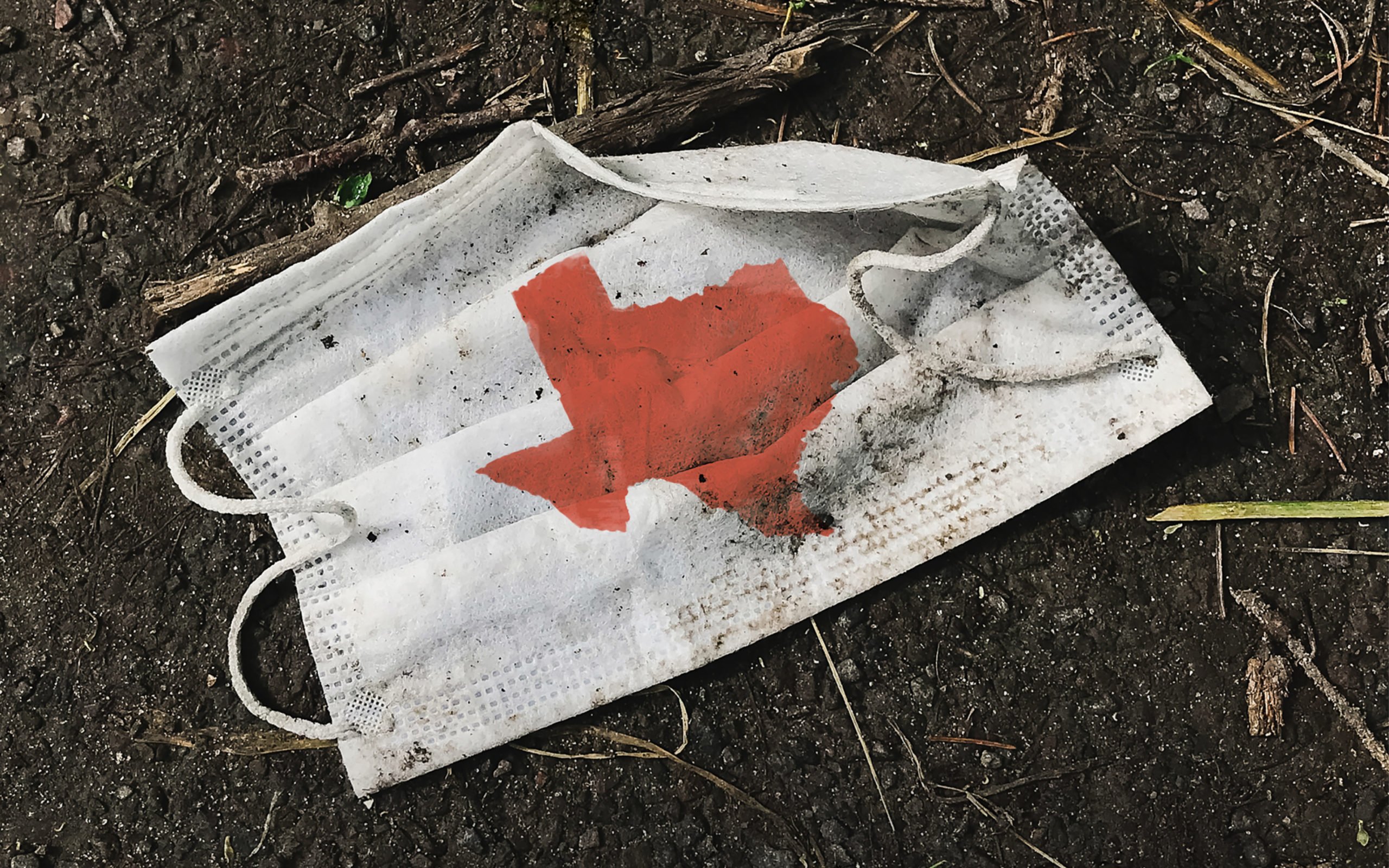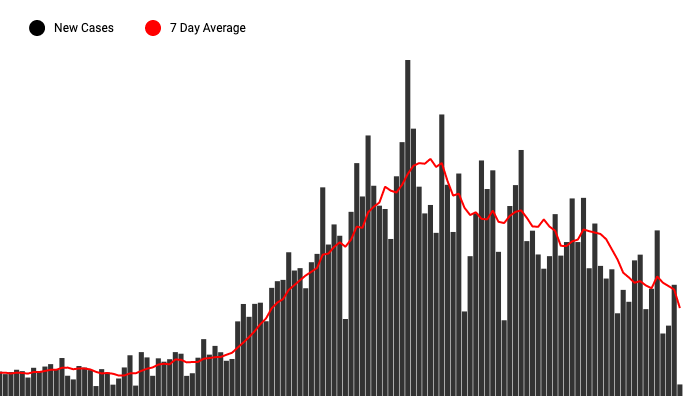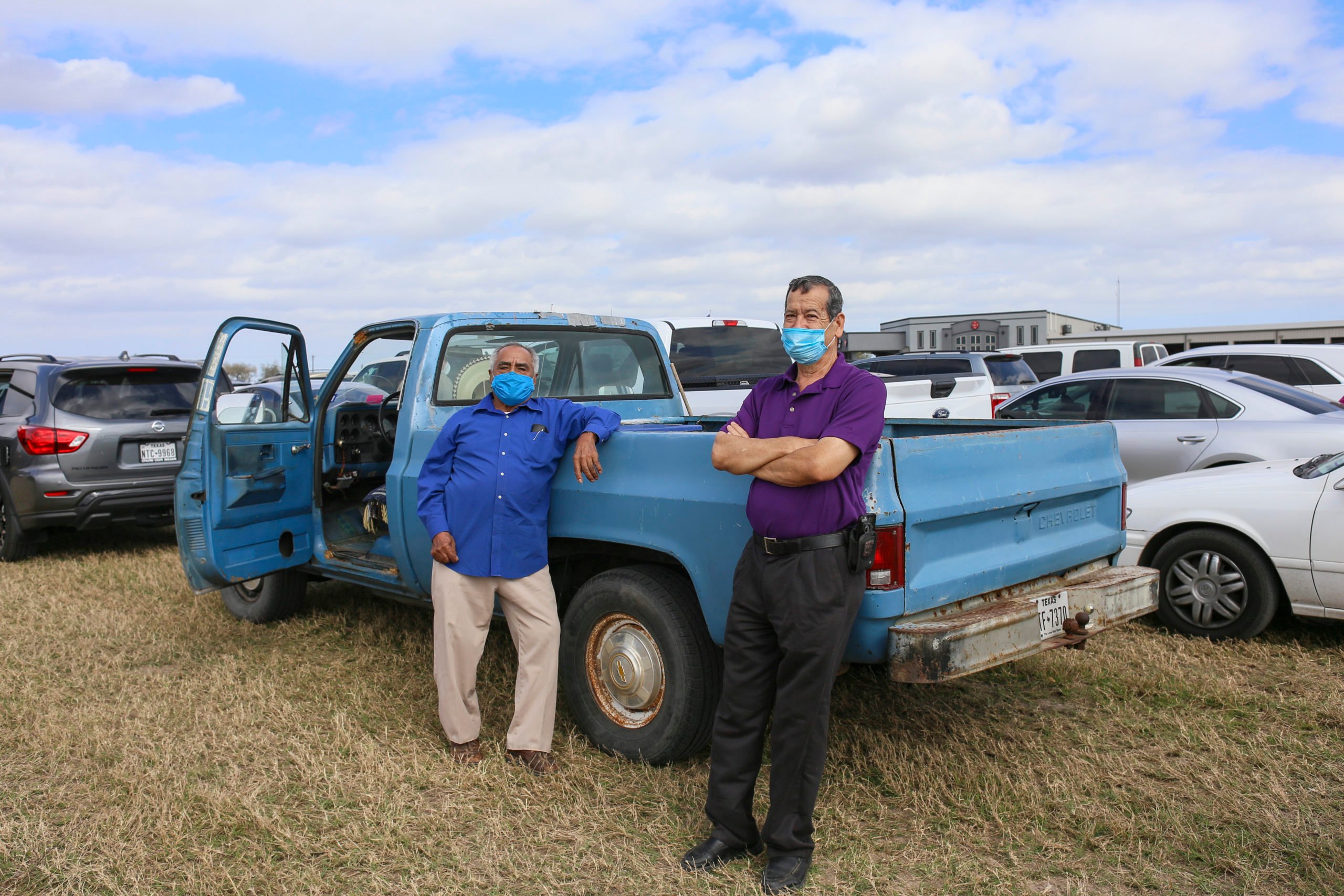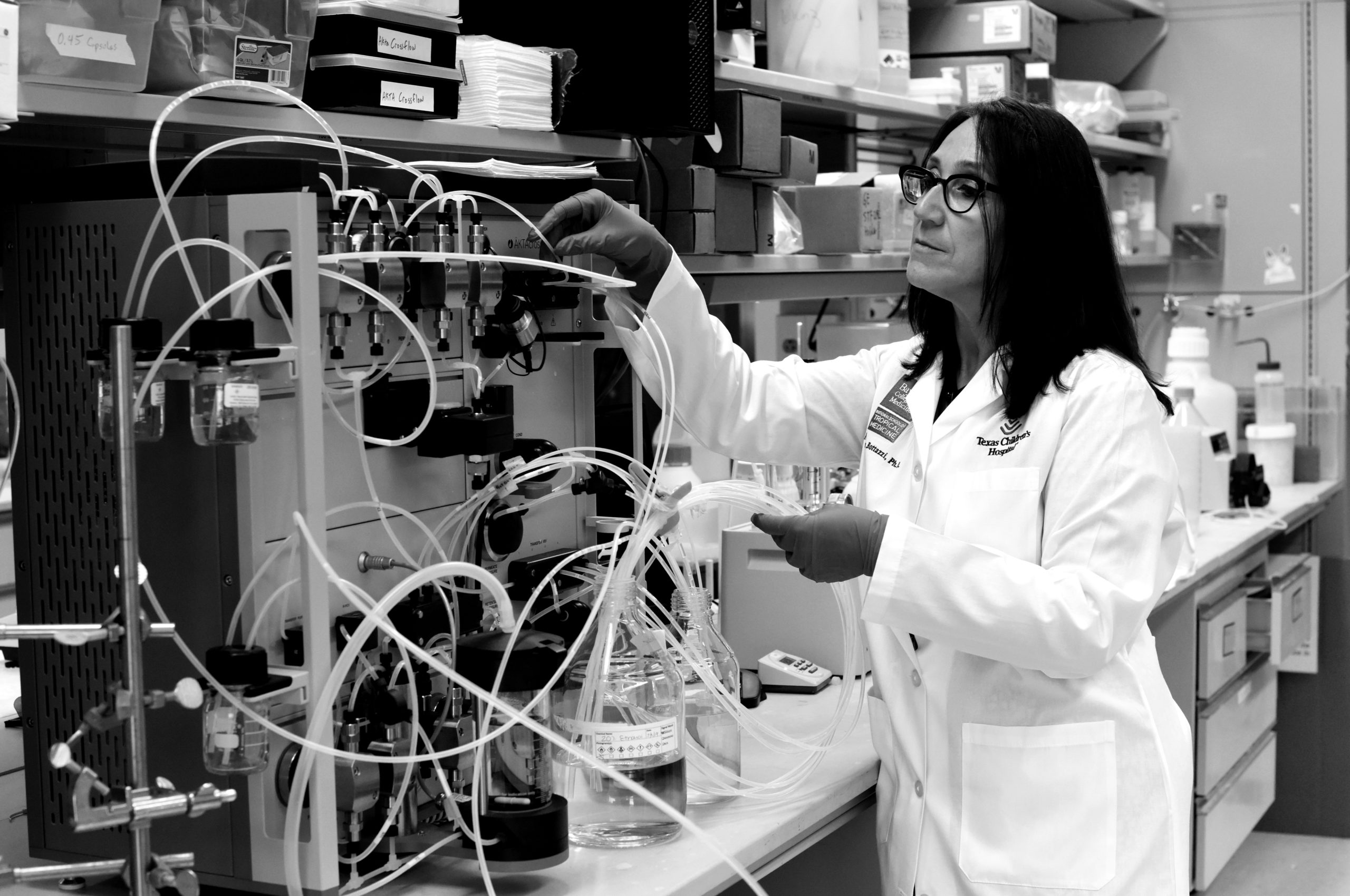
The People’s Scientist
A COVID-19 vaccine developed in Houston is in clinical trials in India and could be ready for global use as soon as late summer.
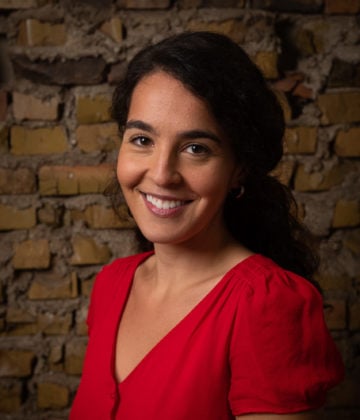
Above: Maria Elena Bottazzi, co-director of Texas Children’s Hospital Center for Vaccine Development
From the July/August 2021 issue
This spring, as supply of COVID-19 vaccines began to exceed demand in the United States, Maria Elena Bottazzi fielded texts from people in Honduras, where she grew up. There, many were desperately seeking the kind of immunizations that sat unused in Houston, where Bottazzi is co-director of Texas Children’s Hospital Center for Vaccine Development.
Five years ago, a team led by Bottazzi and her lab co-director, Peter Hotez, developed a vaccine for SARS, caused by a coronavirus similar to that which causes COVID-19, which they believe could have also been effective against the novel disease. But they couldn’t get funding for clinical trials, and it languished in a Houston freezer. In 2020, they drew from these years of research to quickly develop a COVID-19 vaccine that could be cheaply produced in large enough quantities to help vaccinate the rest of the world, pulling donations from the Kleberg Foundation, Tito’s Vodka, and more.
As India faced a devastating COVID-19 surge this spring, Biological E., a major pharmaceutical company, announced it would begin phase III trials in India and other countries of their new COVID-19 vaccine. It could be approved for widespread use by late summer.
First off, congratulations. Can you briefly explain the difference between yours and other COVID-19 vaccines and why that’s important for vaccine access globally?
Scientifically, all the vaccines have the same objective: to block the spike protein, which is the key to be able to open the lock and enter into our cells. Either you give a crude virus that you inactivated, something that looks like the virus, the sequence that is going to encode the protein, or you give the protein directly, which is what we do.
Now, why the protein approach? We already have many manufacturers that can make them. Protein-based vaccines have been used widely for many other diseases, so they are very safe. And they are very cheap because it’s economies of scale; if you have to build a factory, train the people, and prepare, you add more to the cost. So our vaccine, because it’s modeled on how much the Hepatitis B vaccine costs, we’re talking $1.50 a dose. Compared to $20, $30, $50, $80. These types of vaccines traditionally are pennies on the dollar.
So I’m oversimplifying, but the extent to which we’re able to pull from vaccines that already exist, the easier it is to more quickly vaccinate against future pandemics.
The problem that happened at the beginning of the pandemic is that no protein-based vaccine programs were heavily funded. We had to penny-pinch, compared to “Here’s $12 billion. Go deal with it.” They put a lot of hope, money to these technologies, which, thank God, actually ended up working. But now we’re seeing it never was really clearly thought out. Maybe people were hopeful that it would not become such an enormous pandemic. Now, we actually need 18 billion [doses]. And by September, October, all of a sudden they were like, “Shoot, we can’t really make enough quickly.” They’re expensive. Now they’re coming to us and saying, “OK, hurry up.” Fortunately, behind the scenes, we were moving.

There’s long been reticence to invest in public health. What lessons should we learn from this pandemic?
The pandemic raised a lot of red flags in a lot of deficiencies in health systems, not only in the low-, middle-income countries but also in high-income countries, like the U.S.
Of course, we want to make sure that there’s continued funding supporting research activities. But I think what’s been missing is translating that research into a product that can ultimately serve the community. For example, the National Institutes of Health paid us more than $6 million over six years to develop a SARS vaccine prototype. When we did, we called and said, “OK, what’s next?” And they said, “I don’t know. Go talk to [the U.S. Biomedical Advanced Research and Development Authority].” And BARDA said, “Well, right now we don’t really care about a coronavirus vaccine. We are busy with Ebola, or we’re busy with Zika.” So there’s a total disconnect, because we could have had that SARS vaccine potentially sort of stockpiled. There’s no seamless, sustainable funding.
Second, which our vaccine center has been trying to do, is how do you strengthen the capacity in foreign nations, too? How you have to build better bridges and better infrastructure, we have to build better public health infrastructure. I think as a result of the pandemic, it’s not just scientists and health agencies who recognize this urgency, but also people and organizations working outside health.
A friend who’s a teacher got vaccinated early and felt so grateful but also guilty, especially being in the U.S., where we failed to manage the pandemic. I’ve been feeling that, now vaccinated myself and seeing what’s happening in India. As someone based in Texas but working on global vaccine access, how do you think folks here should be thinking about this in a broader context?
You always have that guilt of “Why me and not somebody else?” What’s really sad right now in the U.S. is we can go even without an appointment to H-E-B and Walgreens and nobody shows up anymore. So you have vaccines that are just sitting there. While you go to Honduras, where they’re fighting for the 40,000 doses that arrived yesterday. I appreciate that a lot of people may still be hesitant; of course we don’t want to take that opportunity if somebody changes their mind. But there’s gonna be a point where we have an excess amount—let’s just not sit on that.
So for me now, that’s what my guilt is. I’m here, Honduran, and I know that I can go to Walgreens, and they hardly have people showing up. Maybe that’s a strategy, to raise that guilt and say, “Look, at the end of the day, if we don’t help the others, then the virus is never really going to disappear.” I think it’s not fair seeing all these people getting sick and dying. So that’s the new guilt: How much longer can we try to ask people to come and get themselves vaccinated? And if they don’t want it, let’s start sending them somewhere else. Then if you decide you want it, maybe we won’t have enough, or maybe you’ll have to wait.
This interview has been edited for length and clarity.
